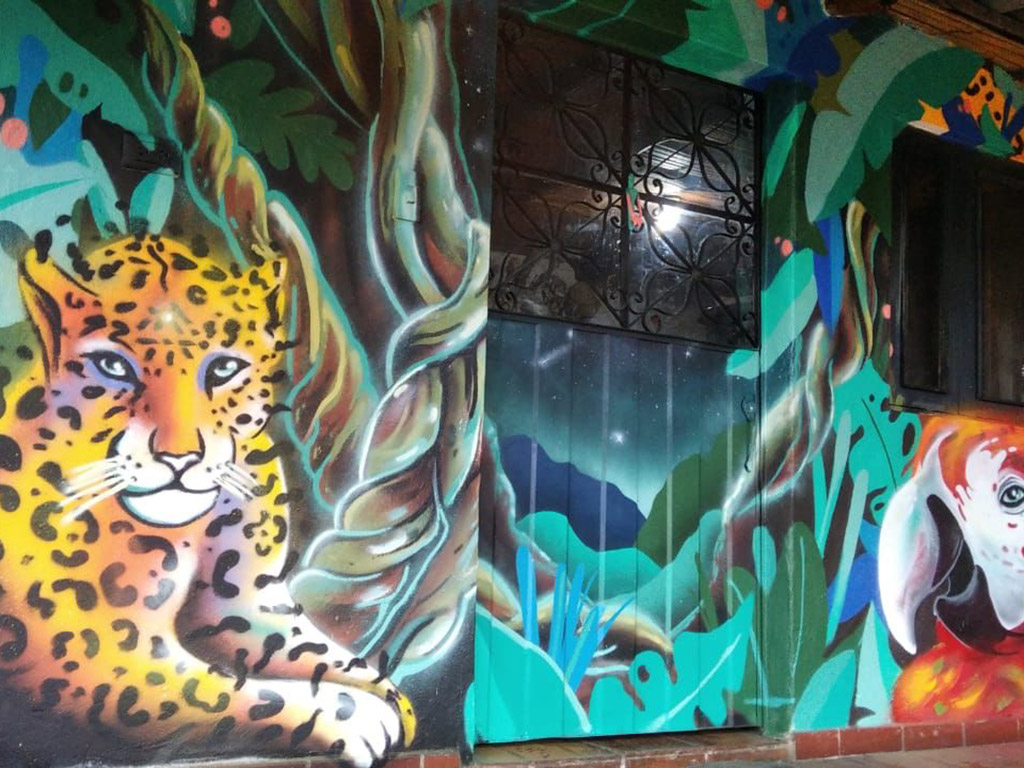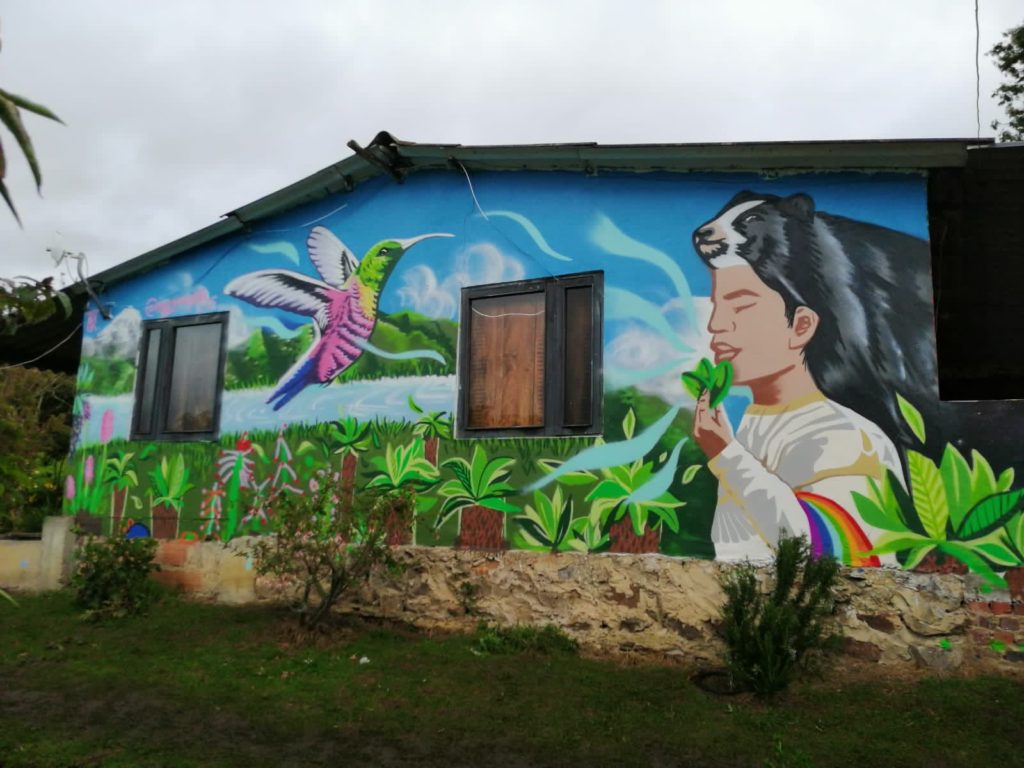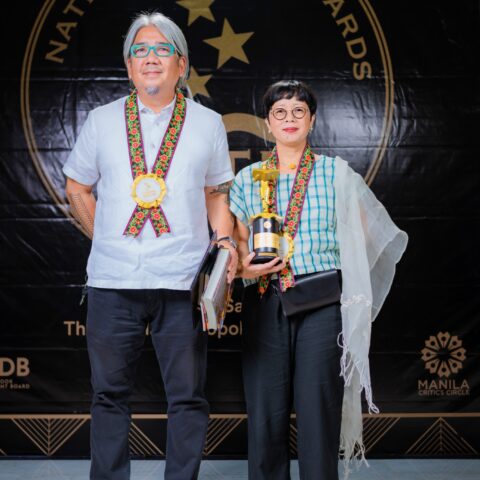The Agam Agenda, in collaboration with Myska Simty Uta collective and Camino de Wayra medicine house, launched its first cultural festival ‘Fiky Gota’. Photo by María Faciolince.
Throughout history, communities have developed systems to learn, heal, and rebuild after periods of loss.
Many of these systems—composed of practices, rituals, beliefs—help to tackle the deep, complex damage to both people and the environment.
The Indigenous peoples of the Andes have the cultural practice of minga or minka, a collective process of unity and engagement that enables communities to reach a common goal together. This tradition of community work for the benefit of buen vivir (good living) has extended to other populations in the highlands, including mestizo and campesino communities. Such cultural practices can be found worldwide, often originating and kept alive by Indigenous communities.
In the face of a rapidly changing environment, these processes of healing and learning are invaluable practices for attending to our well-being, and the well-being of our earthly home.
The Agam Agenda, in collaboration with Myska Simty Uta collective and Camino de Wayra medicine house, has launched its first cultural festival ‘Fiky Gota’.





The Fiky Gota cultural festival took place in two medicine houses located on cerro Wayra (Tabio) and cerro Majuy (Cota) in Colombia. Murals were painted as part of the When Is Now creative campaign, mobilized by the Agam Agenda. Workshops on plant medicine, seed saving and exchange, weaving and musical instruments were also held. Photos by María Faciolince.
‘Fiky Gota’ means colorful territory in Chibcha, the language of the Muisca peoples of the Altiplano Cundiboyacense in Colombia.
An appropriate title for a festival that calls attention to the cultural knowledge that has sustained life in the highlands, and that strengthens community networks to reclaim territories together.
Fiky Gota took place over two weekends between two medicine houses located on cerro Wayra (Tabio) and cerro Majuy (Cota) where locals go for traditional medicine. Murals were painted on the façades of the community houses, inspired by excerpts from When Is Now poems. Workshops on plant medicine, seed saving and exchange, weaving and musical instruments aimed to invigorate the cultural knowledges grounded in correspondence with la mamita (the mother, earth).
Over 50 trees were planted on the grounds of cerro Wayra, including native species such as chicalá (Tecoma sans), carbonero (Calliandra trinervia) and pino romerón (Retrophyllum rospigliosii). At night, musical exchanges and film screenings took place as food was served around the olla común (collective pot).
During a long walk on the mountain, the elders guided a reconocimiento territorial (territorial recognition) until reaching the river, where more trees were planted by the banks as offering.




